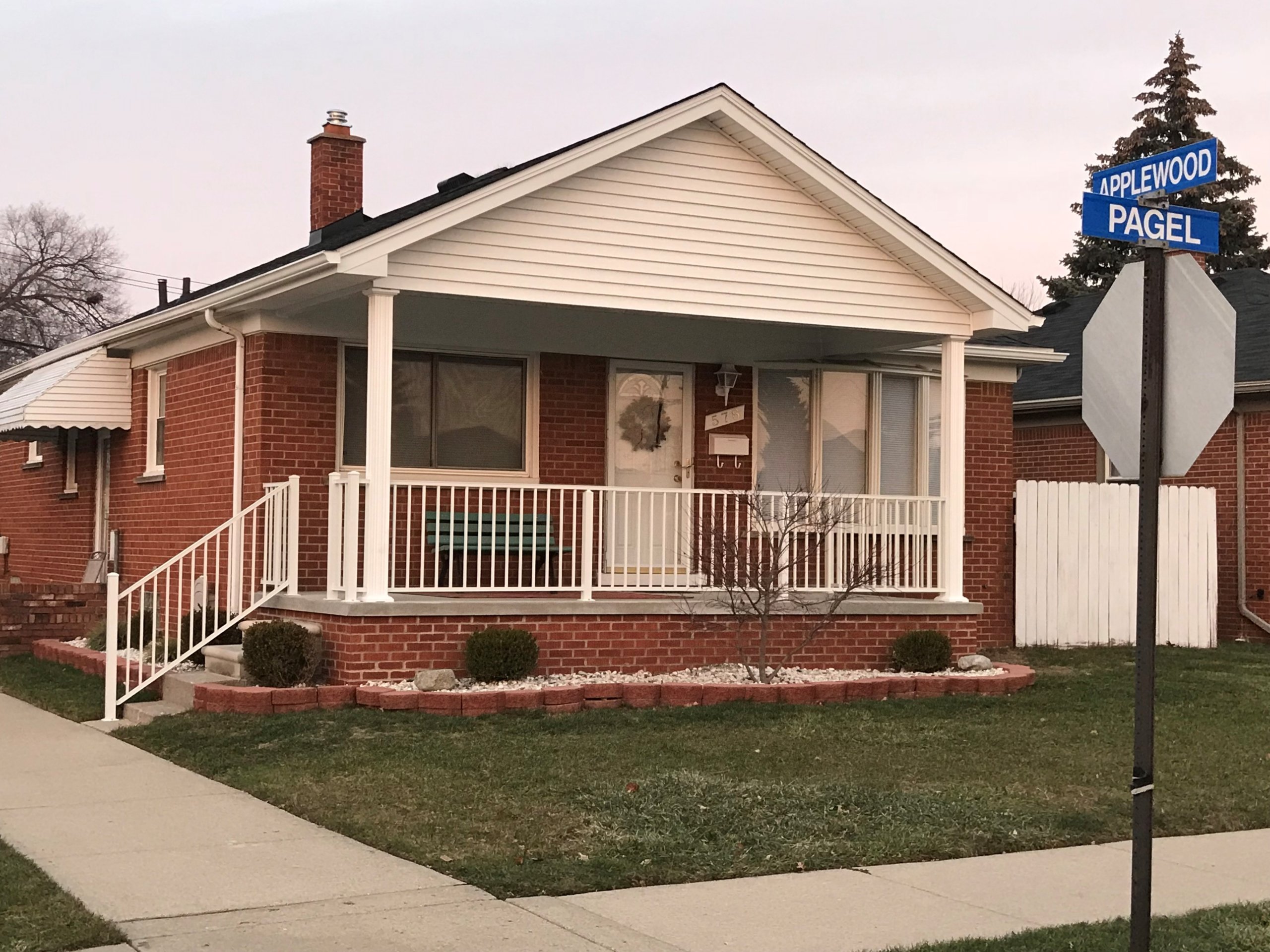When you are in the market for a new roof, there seems to be an endless amount of decisions: independent contractor or roofing company, re-roof or full replacement, what type of materials are best…the list goes on and on. With so many choices, often decisions are left to the roofing contractor; let the expert tell you what to do. While most professionals will guide you to make the best choices for your particular roofing project, it’s helpful to be armed with a bit of information going into your project.
When evaluating roofing systems, it can become an alphabet soup of potential options. You will likely hear of TPO early in your search.
What is TPO Roofing?
TPO is a kind of single-ply roofing membrane and the acronym stands for Thermoplastic Polyolefin. TPO refers to the primary chemical composition of the roof membrane.
The National Roofing Contractors Association (NRCA) defines two main categories within the single-ply roofing industry: thermoplastic membranes and thermoset membranes. The thermoplastic membrane category includes TPO. When you are starting a roofing project, your top concern is keeping your home dry and ensuring the roof lasts for a long time. The chemical composition of your roofing membrane isn’t what keeps you up at night, but it is important
What are the Characteristics TOP?
The laminated nature of TPO is one of its key components, meaning the material that you see on top is different from the material you see on the bottom. Many times, the top is white, and the bottom is gray. Because the material is not the same through-and-through. The top provides a wearing surface, while filler material is provided on the bottom. Unfortunately, when you laminate something, it can sometimes create additional points of weakness. It is possible to add fiber reinforcement to a TPO membrane to make it stronger and more durable. However, this may come at the expense of added rigidity, which means it may be harder to work with during the installation process.
Because TPO roofing is a single-ply thermoplastic membrane, it is installed in a single membrane application without multiple layers. There are several different ways the membrane can be attached including mechanically attached, adhered, ballasted and plate bonded. Some manufactures offer TPO with Fleeceback which allows the membrane to be adhered using low-rise urethane foam.
TPO can be screwed, or meaning mechanically attached, or glued, meaning fully adhered. Then the seams and the detail work can be glued, or heat welded. Be aware that the materials of the TPO membrane can make it challenging to heat-weld it correctly. Though some membranes have at least some pliability, others are nearly board-like in their rigidity.
TPO comes in a roll good system, which means in comes in relatively small rolls. The average rolls of TPO are approximately 8 feet wide by 50 or 100 feet long. There are other sizes are available, but they are still relatively small. This results in a large number of seams being created during the installation process and seams are the weakest part of any roofing system. Human error comes into play when there are more seams that have to be field-welded or glued. This increase in potential human error can mean your roofing has the potential for weakness throughout the surface.
The thickness of a TPO membrane most widely used is 60-mils, however 45-mils is still frequently used. There are additional thicknesses range from 72-90, in a large part because many believe that “thicker is better,” and manufacturers cater to that belief. However, thicker is not always better, when the thickness is designed to mask the potential weakness of the product. In addition, making a roofing membrane thicker makes it heavier, which make shipping more expense and also can increase the difficulty of properly seaming during installation.
Manufacturer warranties are typically available for installations up to 30 years, but you will want to check with your specific TPO provider. The membrane is grease resistant and also receives high wind ratings when installed according to manufacturer specifications.
Your roof is such a major investment in your home, and with so many manufacturers offering so many variations on the theme, it is essential that you compare roofing products correctly. Not all roofing products are the same from manufacturer to manufacturer and TPO sold by one company may be a totally different quality than TPO sold by another. All TPO are not even the same when compared against each other. Regardless, you can still compare TPO against other types of roofing products like EPDM or PVC. It is typically the least expensive of the three main roofing membranes and should be evaluated along with other options for quality, durability, warranty coverage, or cost.
